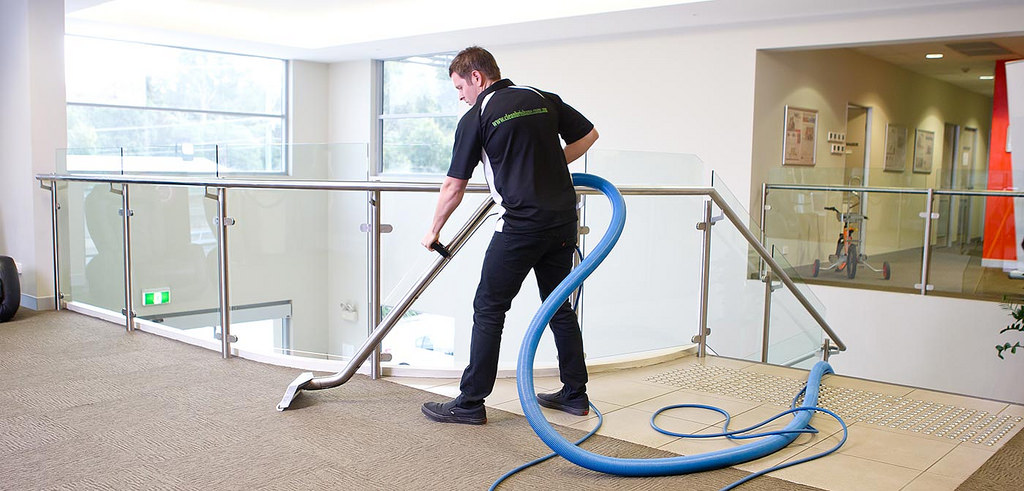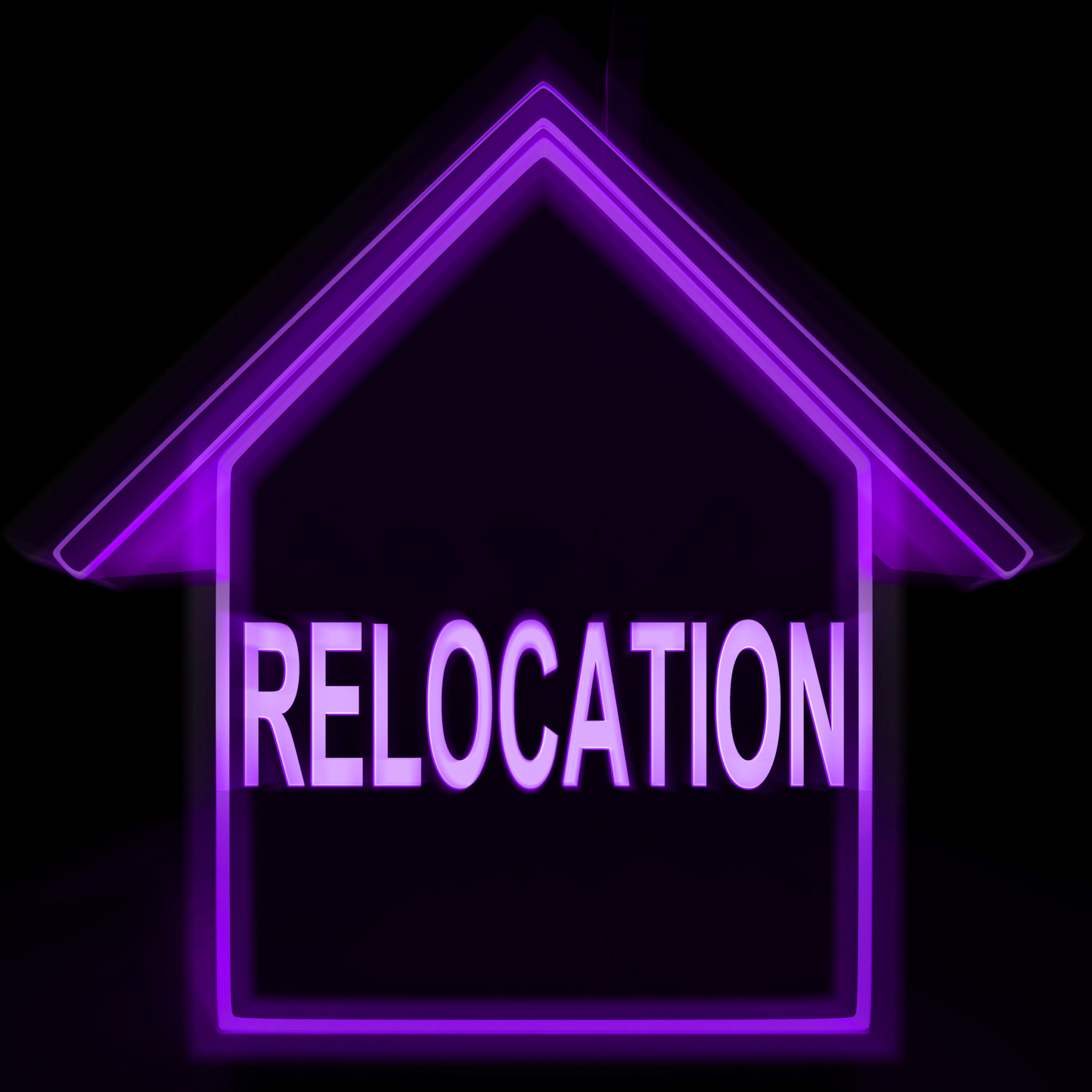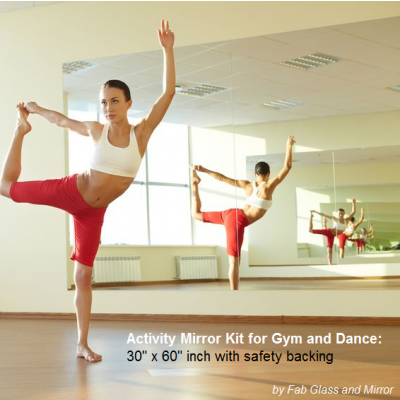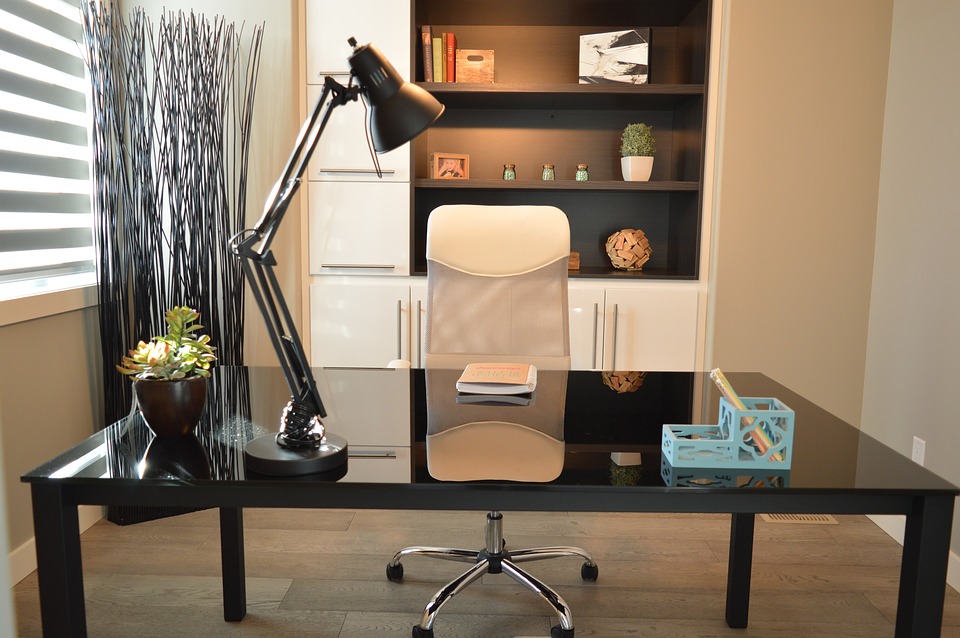When push comes to a shove and you have guests arriving in an hour, you better believe that you will turn into a superhuman and manage to clean your apartment in less than sixty minutes. Even if you won’t have the time to do a proper thorough cleanup, you can do a lot in an hour to make your home presentable, but you have to be efficient and light on your feet. Let’s get to it.
Spotless Living Room
You will need 10-15 minutes to get this area tidy and you should be as meticulous as possible without getting stuck on details. The first thing to do is to de-clutter quickly – clothing, trash, cosmetics, books, get it out of the way and into their rightful place. You don’t have to go back and forth, but organize stuff into different piles and then get them to their designated places as you move through the house. After that, straighten everything as much as possible, fluff the pillows, do a super quick round of dusting and use wet wipes to wipe your coffee table clean. Finally, get your vacuum cleaner out and run through the room, but do it for five minutes tops, you’ve still got other matters to attend to.
Next up – The Dining Room
If you plan on making dinner for your guest or just serving snacks, don’t neglect the dining room in your cleaning spree. If you’ve got a mountain of stuff on your dining table, the first priority is to remove it stat (this is also the time to throw away all the trash from the living room). Whip out a new tablecloth and make sure that chairs are straightened and free from any bags and clothes hanging from them (nobody is impressed by chairdrobes). Scan for dust and get it out of the way, vacuum the area super quickly and if you’ve got windows, wipe them clean with a coffee filter (just give it a try, it works). Get the glasses and plates, snacks, and drinks on the table and the dining room is prepped and guest-ready.
Now to the Kitchen
Chances are you’ve moved all the dirty dishes from the dining room and living room into the kitchen and now it’s time to pop them in the dishwasher. You don’t have to get them clean and arranged right away, though it might be a good idea to let the dishwasher do its magic while you’re cleaning around, that way, you’ll have more clean dishes at the ready. Stovetop and countertops should be in your focus – clean them as efficiently as possible without losing too much time. Then move to the sink, wipe it clean and you can also put a few slices of lemon into the garbage disposal, it will make the entire kitchen smell fresh and clean. Sweep the floors and if your trash can is full, take it outside, so that it doesn’t stink up your work.
Then We Have the Bathroom
This is one step you shouldn’t overlook since your guests will definitely need to use your bathroom eventually. Get to the toilet, spray it with a cleaner and let it sit while you’re busy with other things. Make your mirror spotless and do the same with any shelves you’ve got around it – wet wipes will do the trick here nicely. Tidy the shower curtain, wash the bathtub with hot water and rearrange the toiletries to look neat. If you’ve got a shower, wipe it clean with a rag or microfiber cloth. After that, get back to your toilet, scrub it quickly, flush, and voila, you’re done. Take the trash out too, get out clean hand towels and for a final touch, light an incense stick to make everything smell better.
Yes, you can clean your home in under an hour, and now you’ve got a system to work by. Honestly, sometimes it’s easier to hire a part-time cleaning lady than to scramble and clean when you’ve got someone coming over. There’s nothing wrong with getting some help when you’ve got a packed schedule and if you’re thinking about it, you can browse through your options at helpling.com.sg/maids to see if you find a suitable match. If not, we suggest finding time to clean a bit every day, it will be much easier to tackle chores one day at a time.
Read More:






















